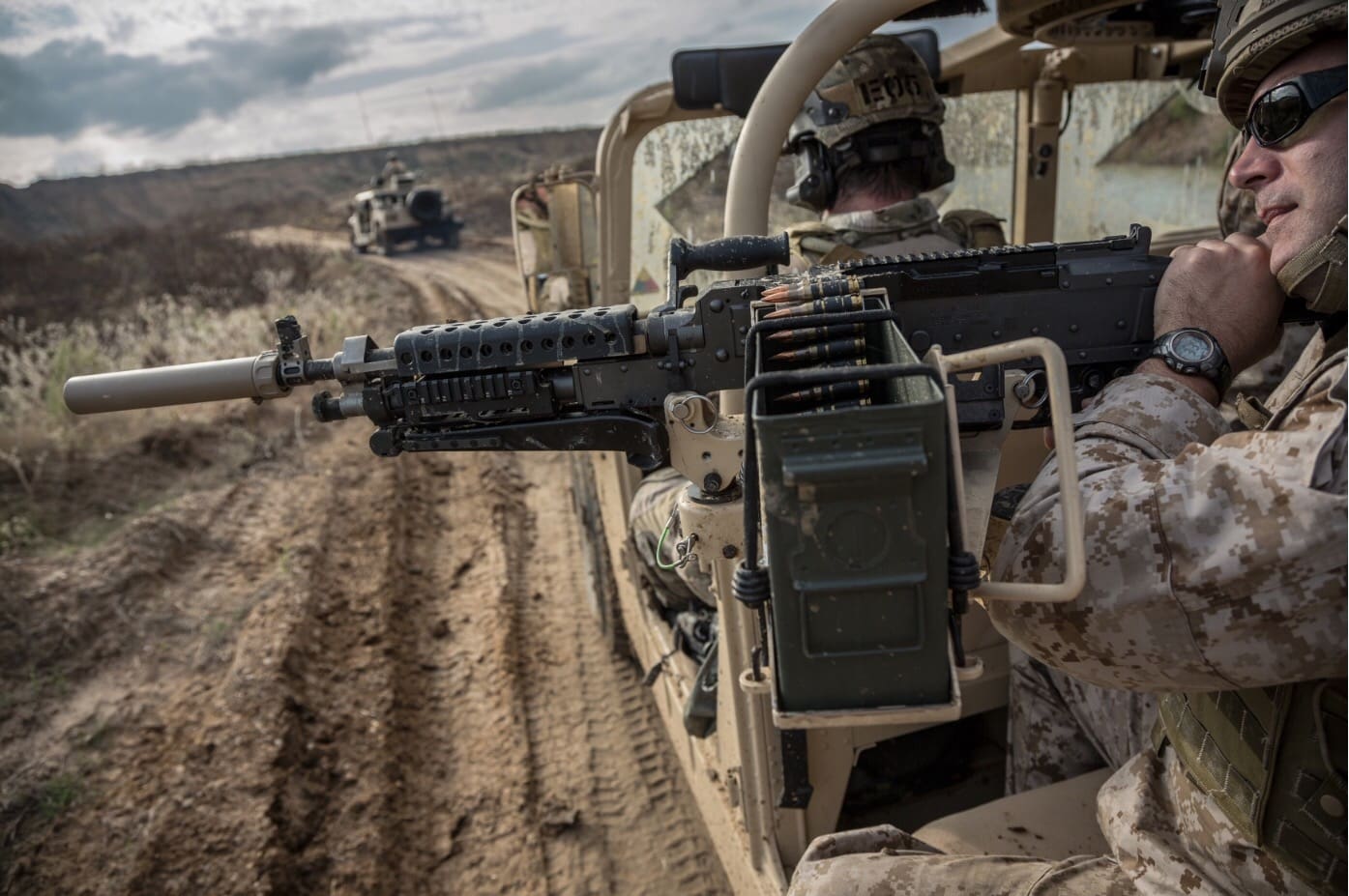POOLER, Ga., Sept. 18, 2017 – Blue Force Gear®, the designer and manufacturer of the world’s finest weapon slings and tactical equipment, will showcase its newest product, MARCO™, at this year’s Modern Day Marine Expo on the Marine Corps Base in Quantico, Virginia from Sept. 19-21. MARCO is a marking dispenser which offers a more efficient, effective and compact way to carry marking lights for room clearing.
With the MARCO marking light dispenser, Blue Force Gear has revolutionized room clearing in tactical operations. Users can save critical time during preparation for pre-mission tasks by not having to unwrap, tape, and bundle chem sticks. The dispenser design makes it simple for users – simply open the Mylar package with the pre-loaded dispenser, insert the MARCO dispenser inside of the belt or MOLLE holster and proceed with the mission. The design provides a low profile and prevents the accidental activation of a chem stick, which can cause unwanted light.
“There has been a lot of excitement leading up to the launch of MARCO, at Blue Force Gear and from our customers,” said Stephen Hilliard, Director of Product Development. “We strive to provide the best gear possible and lighten the load that end users must carry on every mission. MARCO will be a game changer in the world of tactical equipment for our armed forces and first responders.”
U.S. Marines will be able to test this product first hand at booth 3010. Blue Force Gear will be showcasing an array of new products and current gear throughout the show.

































































































































